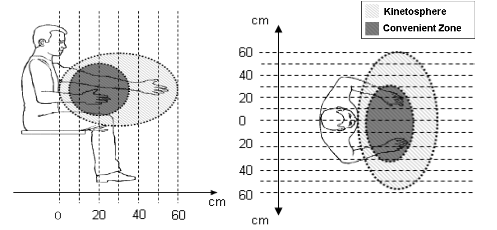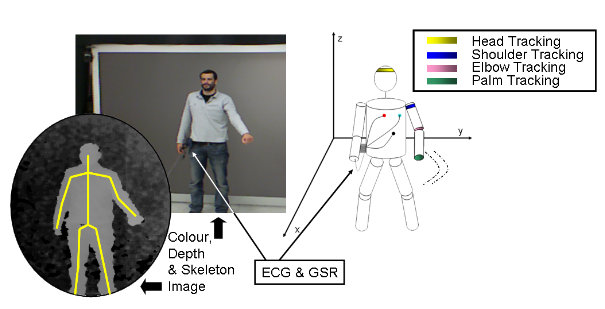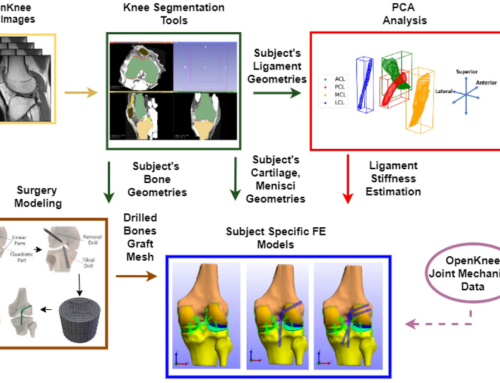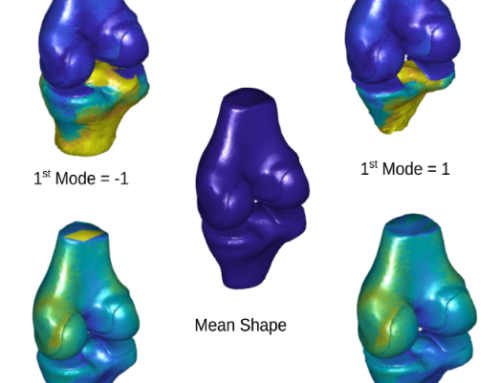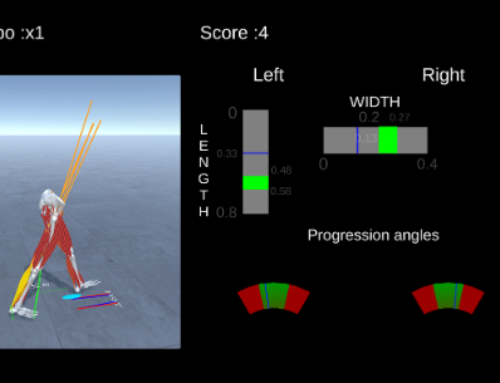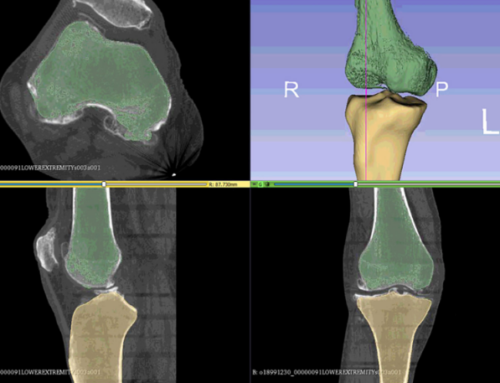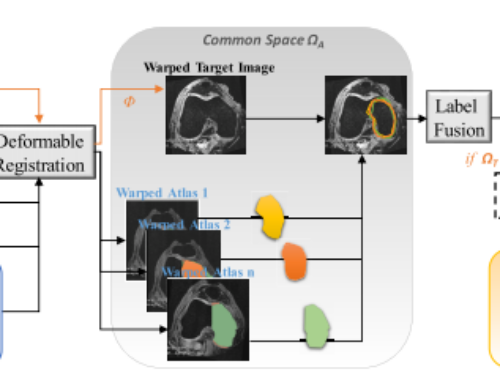Activity related authentication using prehension biometrics
This paper presents an extensive study on prehension-based dynamic features and their use for biometric purposes. The term prehension describes the combined movement of reaching, grasping and manipulating objects. The motivation behind the proposed study derives from both previous works related to the human physiology and human motion, as well as from the intuitive assumption that different body types and different characters would produce distinguishable, and thus valuable for biometric verification, activity-related traits. A novel approach for analyzing such movements is presented here in, based on the generation of an activity related manifold, the Activity hyper-Surface. The authentication capacity of the extracted features on the activity hyper-surface is evaluated in terms of their relative entropy and their mutual information within a complete framework targeting user verification. Experimental results on two data sets of 29 real subjects each and a third one of 100 virtual subjects show that the introduced concept constitutes a promising approach in the field of biometric recognition.
A. Drosou, D. Ioannidis, D. Tzovaras, K. Moustakas and M. Petrou, “Prehension Biometrics for Human Authentication”, Elsevier Pattern Recognition, to appear, 2014, doi:10.1016/j.patcog.2014.12.008.

